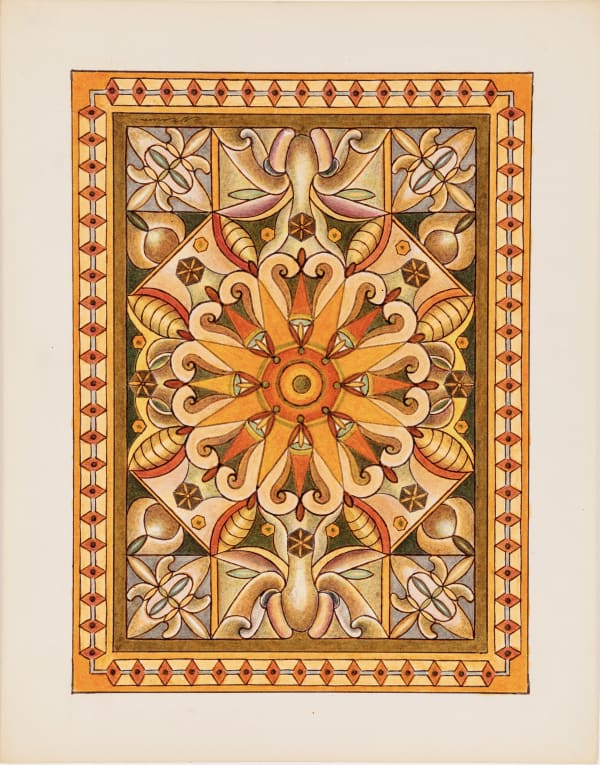Constantine Karron was born Constantinos Demetryus Karazisis on March 15, 1897 in Greece. Little is known about his early life; he completed only a fourth-grade education as a child and immigrated to the United States as a teenager, arriving at Ellis Island, NY on February 28, 1914. Many young men left Greece in this year to avoid being drafted into the Ottoman Empire Army.
Karron next appears in records in Virginia, MN, a mining town on the “Iron Range”. The area was so named as mining of raw iron ore was the major industry of the region. First in the 1930 census as a roomer living in the house of a William Ager. He lived in another rooming house until 1940 when the census shows him at 205 1/2 Fifth Avenue South; this is likely where he produced his drawings. It is also where he died at age 75 in his single room, above what was then the Virginia Boat & Sporting Company. I came to have his work as he promised it to my mother, Rose Tuk, who was the store manager. She would often bring Karron food on holidays and watch him while he worked on his drawings—she very much admired his talent.
The 1940 census lists Karron as a Railroad Laborer. From his early employment, he seems to have had numerous jobs with the DM&IR (Duluth, Messabe, and Iron Range Railway). He was listed as a “signalman” and a “brakeman” at various times. He was always home in the evenings to work on his drawings or spend time in the library next door to his residence.
Shortly after Karron died in 1973, my mother brought a folder of his work to the Art Department of the University of Minnesota, Duluth. I was living in New York and had only her report of a show they mounted of some of his drawings. The show was reportedly done in collaboration with the Psychology Department. Based on the word lists included in the folder, some of the more bizarre images of faces, and the many, many “eyes” in all images, the evaluators speculated that he was likely an undiagnosed schizophrenic, paranoid type. I am a board certified psychiatrist, and I believe their speculations were very likely correct. It is a diagnosis consistent with what we know of his social isolation. He was also most likely to be meticulously accurate and precise in the work that he did for the railroad, as is reflected in his artwork. Despite a limited formal education, Karron was an avid reader, learning to speak excellent English with a wide vocabulary. His high intellect may have allowed him to hide evidence of any psychopathology from others.
— Pamela Ullman Call, M.D.
-
All works:
ca. 1940s
Colored pencil on paper
16 x 13 in. (40.64 x 33.02 cm)
$4,000 ea.
-
Click here to see Constantine Karron's monochrome works












